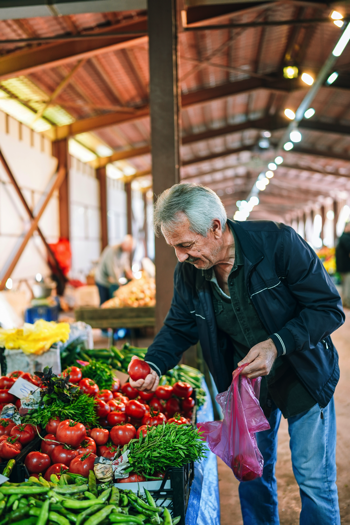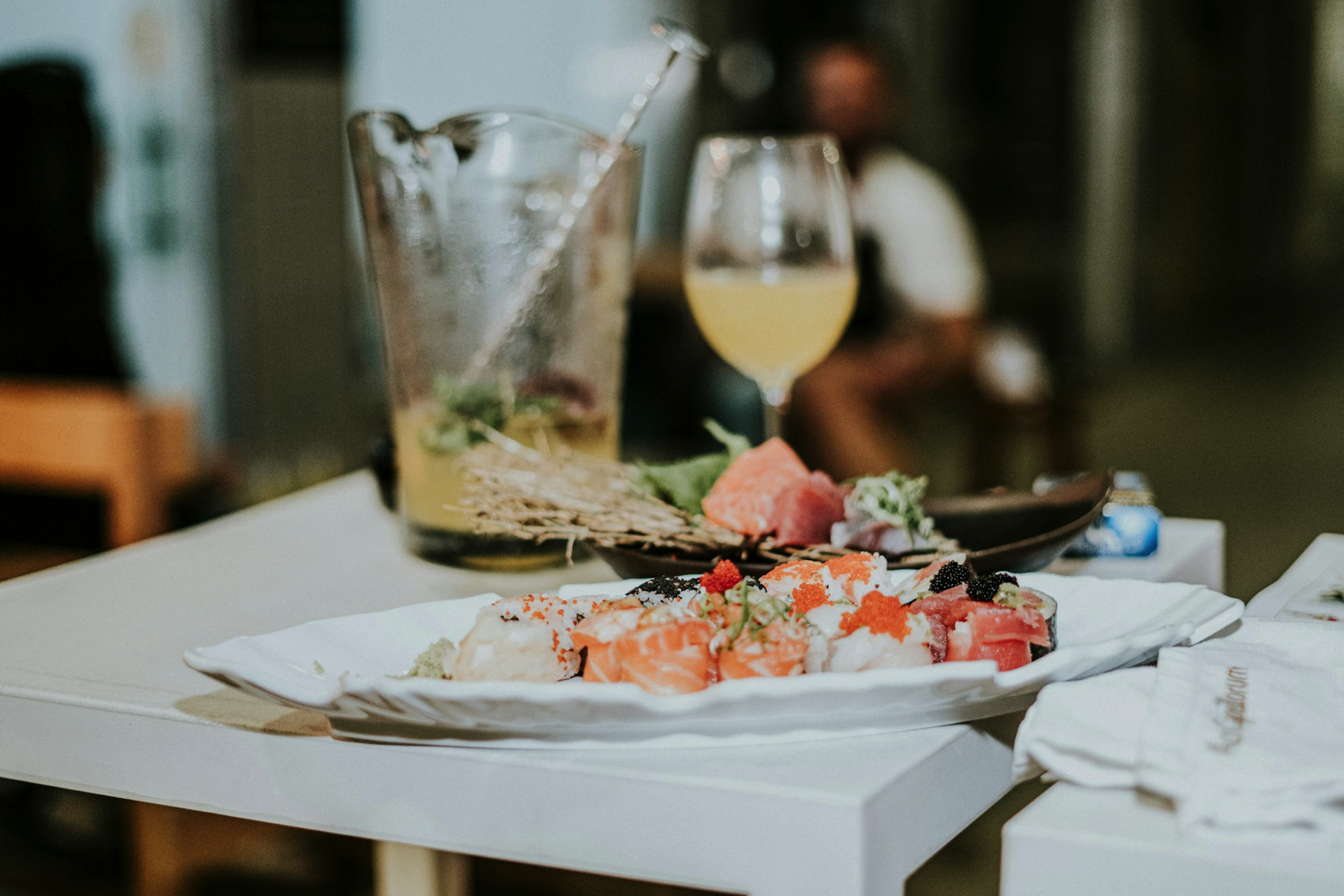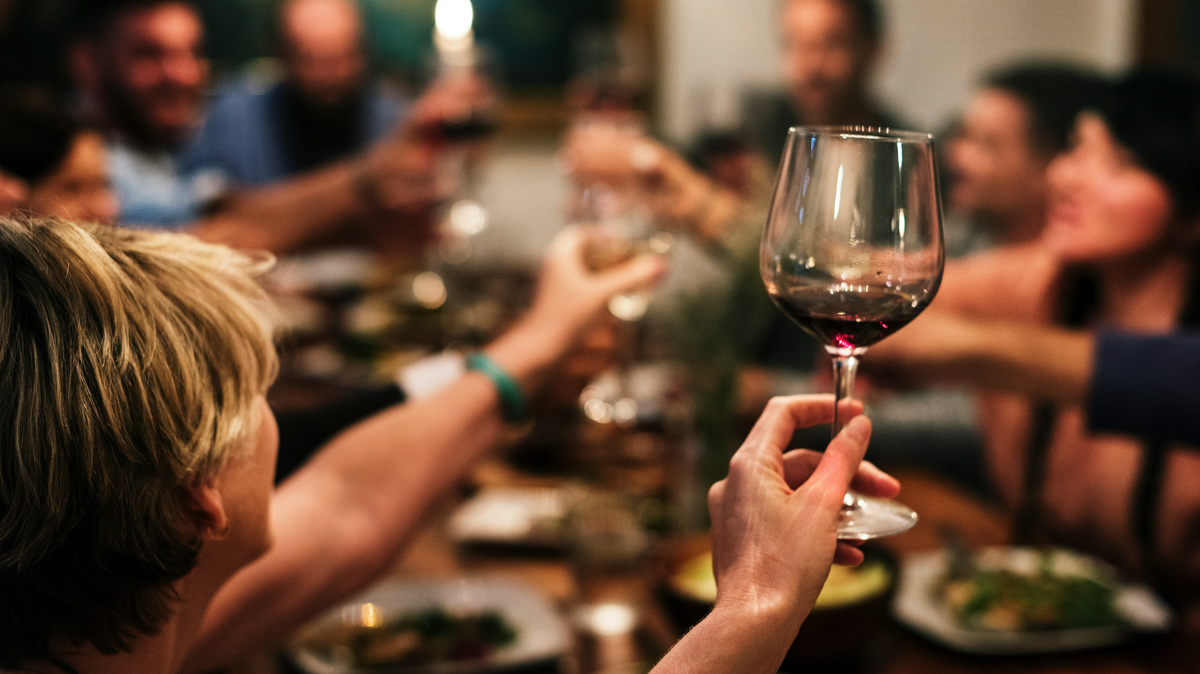Portuguese cuisine is a delight for food lovers. It is known for its fresh seafood, from seabass and sardines to delicious shellfish. The famous Pastéis de Nata is a creamy custard tart, crispy and unmissable.
Portuguese Cuisine
 Local markets are treasure troves of flavors. They offer a glimpse into authentic Portuguese food culture. Bacalhau (Codfish) is a popular ingredient, and there are dozens of ways to cook it. Grilled sardines are a summer favorite. When visiting local markets, try fresh seafood and pick up regional items like ceramic swallows as souvenirs.
Local markets are treasure troves of flavors. They offer a glimpse into authentic Portuguese food culture. Bacalhau (Codfish) is a popular ingredient, and there are dozens of ways to cook it. Grilled sardines are a summer favorite. When visiting local markets, try fresh seafood and pick up regional items like ceramic swallows as souvenirs.
Caldo Verde is a hearty kale soup topped with slices of cured sausage. Pork dishes are common inland, while seafood dominates coastal menus. Portuguese olive oil enhances many dishes, and fresh bread accompanies most meals. Cheese lovers will enjoy Serra da Estrela cheese.
Portuguese wines complement the cuisine perfectly. Port wine from the Douro Valley is world-renowned and perfect for sipping after a meal. Plus, remember to try the Vinho verde, a unique young wine from the Northern regions.
The oldest known book on Portuguese cuisine (Portuguese: Cozinha portuguesa), entitled Livro de Cozinha da Infanta D. Maria de Portugal, from the 16th century, describes many popular dishes of meat, fish, poultry and others.
Culinária Portuguesa, by António-Maria De Oliveira Bello, better known as Olleboma, was published in 1936.[Despite being relatively restricted to an Atlantic, Celtic sustenance, the Portuguese cuisine also has strong French and Mediterranean influences.
The influence of Portugal's spice trade in the East Indies, Africa, and the Americas is also notable, especially in the wide variety of spices used. These spices include piri piri (small, fiery chili peppers), white pepper, black pepper, saffron, paprika, clove, allspice, cumin, cinnamon and nutmeg, used in meat, fish or multiple savoury dishes from Continental Portugal, the Azores and Madeira islands. Cinnamon, vanilla, lemon zest, orange zest, aniseed, clove and allspice are used in many traditional desserts and some savoury dishes. Garlic and onions are widely used, as are herbs; bay leaf, parsley, oregano, thyme, mint, marjoram, rosemary and coriander are the most prevalent.
Broa was likely introduced by the Suebi as brauþ (bread) Olive oil is one of the bases of Portuguese cuisine, which is used both for cooking and flavouring meals. This has led to a unique classification of olive oils in Portugal, depending on their acidity: 1.5 degrees is only for cooking with (virgin olive oil), anything lower than 1 degree is good for dousing over fish, potatoes and vegetables (extra virgin). 0.7, 0.5 or even 0.3 degrees are for those who do not enjoy the taste of olive oil at all, or who wish to use it in, say, a mayonnaise or sauce where the taste is meant to be disguised.
Portuguese dishes include meats (pork, beef, poultry mainly also game and others), seafood (fish, crustaceans such as lobster, crab, shrimps, prawns, octopus, and molluscs such as scallops, clams and barnacles), vegetables and legumes and desserts (cakes being the most numerous). Portuguese often consume rice, potatoes, sprouts (known as grelos), and bread with their meals and there are numerous varieties of traditional fresh breads like broa which may also have regional and national variations within the countries under Lusophone or Galician influence. In a wider sense, Portuguese and Galician cuisine share many traditions and features
Drop us a like!
Don’t forget to drop us a like, follow, and turn on your notifications so you don’t miss a thing!
Are you ready to learn Portuguese with Dina?
We've been working on a European Portuguese course for some time. After much research, student feedback, and a few iterations, we think we've got it! We used scientifically proven techniques to help you improve your pronunciation, phrase construction, oral understanding, and grammar.
We want learning new languages to be fun and interesting. Everything is like a story. This course is different from any other. Start learning Portuguese with Dina for free by clicking here.



